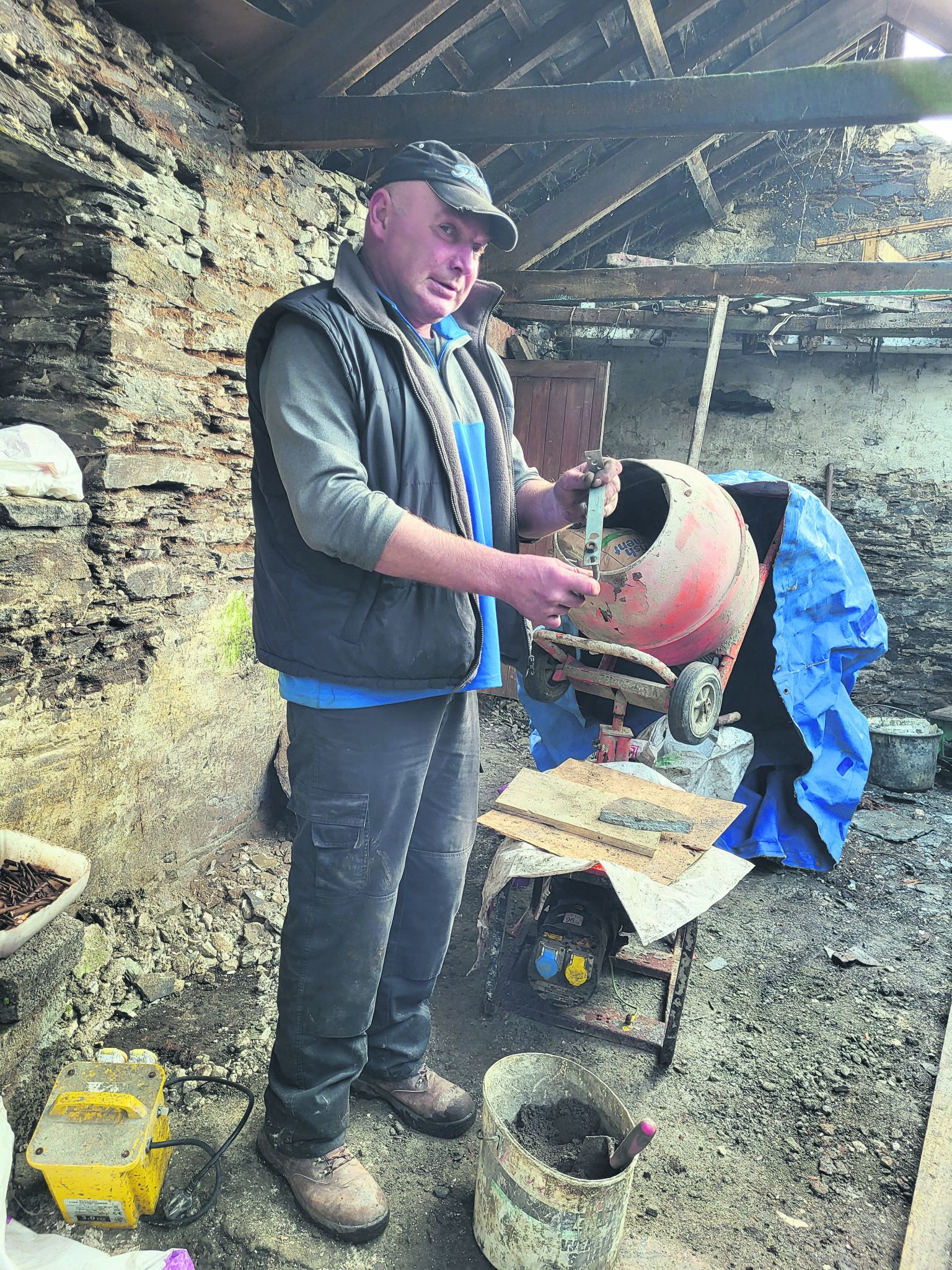AN iconic stone building on Cape Clear Island has been given a new lease of life.
Estimated to be over 200 years old, the building, known as Danzig, has a rich and colourful history.
Naturally, there is a reason why the savvy islanders named it Danzig. It was the German name for a city that was, after World War II, given its Polish title, Gdansk.
The name is a nod to the fact that this modest building was, around that time, home to two feuding families, and the sobriquet stuck.
For many years the building was used as a store. Today, it is not only a store for the island’s lavender products, it also serves as a display centre.
In time, it will also showcase the craft gins, whiskeys, and other products, made by Cape Clear Distillery.
According to Séamus Ó Drisceoil, who has written a blog about the preservation of the building, ‘the plan was to do as little as possible, consistent with preserving Danzig for future generations’.
Although the original slate had to be replaced, Séamus said the building’s lichen-covered roof tiles have been preserved.
Much of the supporting timberwork underneath remains intact, while the original wooden windows were carefully restored.
‘As the works progressed,’ said Séamus, ‘this intriguing building shared some of its long-hidden secrets.’
There was evidence of a traumatic fire and it’s assumed that it was the original thatched roof that went ablaze.
Workers also discovered, and partially replaced, the original loft where they found signs of a long-closed upper window.
According to Séamus, many of the original beams are presumed to have been salvaged from old sailing boats of the 19th century and some still bear the unmistakeable signs of their former use.
While working on a new internal floor, an ancient millstone was unearthed.
 Madok, from Poland, also worked on the restoration project.
Madok, from Poland, also worked on the restoration project.
Danzig’s use as a store meant the building offered up other artefacts too.
Many of them were in poor condition but some, thankfully, were salvageable.
Unfortunately, the drag – a poor man’s cart – didn’t survive, but items such as a cradle, a broken telescope and oars will be among the items displayed when the building is fully restored.
Originally, Séamus said Danzig had two doors, one for each family. Years ago, the northern door was replaced with a much wider door that suited its use as a store.
As the work was being carried out, the original window lintels and threshold stones were uncovered and restored as part of the preservation of the building.
As is the case with all good stories, there was a happy ending to the story about the feuding families.
Legend has it that a boy from one family fell in love with a girl from the other and they made Danzig their home.
Better yet, among the workers involved in this ‘labour of love’ project were a Pole and a German, proving, once again, that truth can be stranger than fiction.








